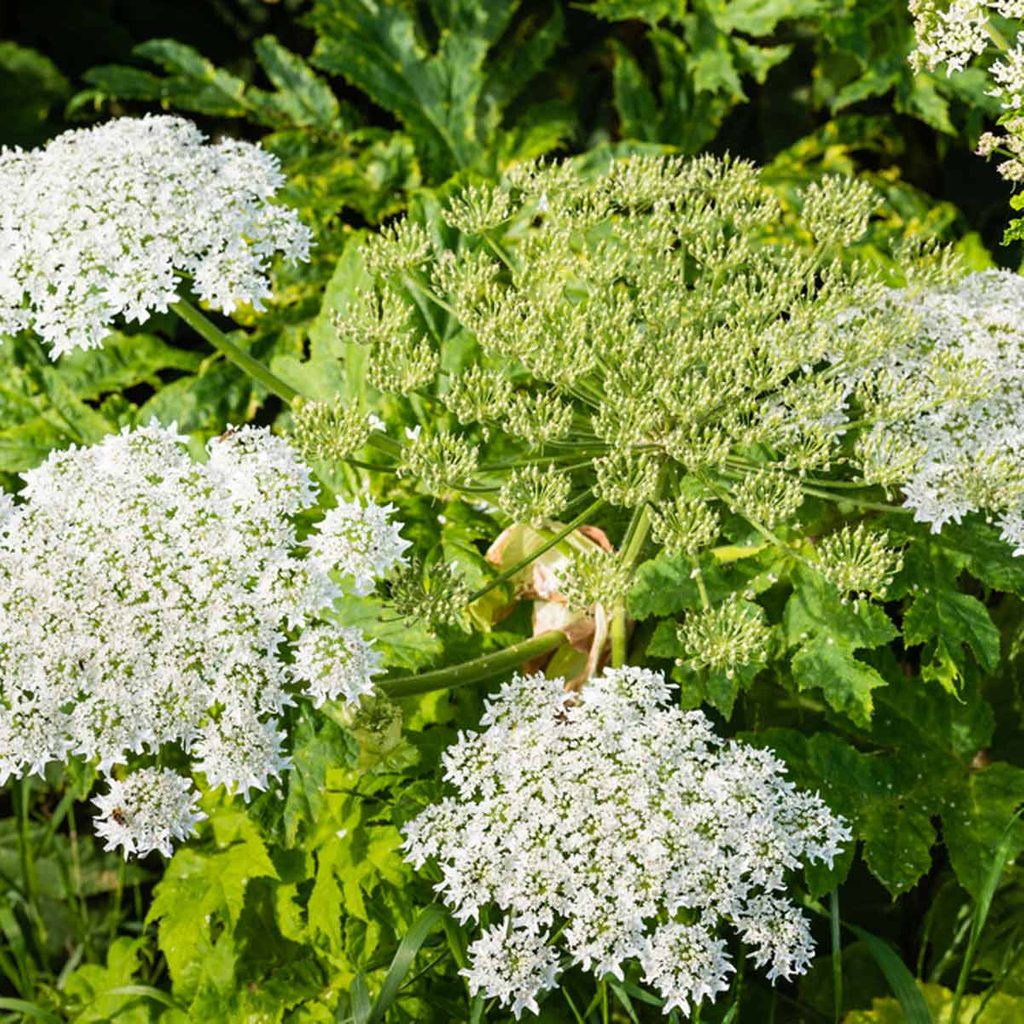The Plant That Is Making People Go Blind
Updated: Jun. 30, 2021

Giant hogweed looks a bit like Queen Anne’s lace but is much bigger and can cause injury and blindness.
You may think this plant would be a great addition to your garden as the flowers are plentiful and unique but looks can be deceiving. Giant hogweed (Heracleum mantegazzianum) looks a bit like Queen Anne’s lace on a much bigger scale. The plant, which can grow up to 10-feet tall, is a dangerous invasive species from eastern Europe and has been showing up in the United States for the last few years. Most recently, about 30 plants were found growing in Virginia.
While the flowers on giant hogweed can grow 2-1/2 feet in diameter and the leaves can get up to 5 feet wide, the plant’s sap is what can cause problems. The sap can cause not only skin irritation, but blisters, eye irritation, permanent scarring and even blindness, according to the New York Department of Environmental Conservation. Just touching giant hogweed may not cause problems, but the plant’s sap reacts in sunlight and can cause third-degree burns and lead to scarring.
“If it gets in your eyes, you can go blind,” Naja Kraus, a giant hogweed program coordinator for the New York Department of Environmental Conservation said in a press statement.
Brought to America in the 19th century, giant hogweed can be found in at least 11 states, mostly on the east coast, and in Ontario. In 2011, there were more than 1,000 confirmed sightings in New York alone. The plant is illegal to grow, transport and sell.
Identifying giant hogweed
- White flowers with 50 to 150 flower rays clustered into an umbrella shaped flower cluster.
- Between 7 and 14 feet tall.
- Large leaves, incised and deeply lobed up to 5 feet across.
- Stems are green with purple splotches and coarse white hairs.
Keep an eye out for these 10 invasive plants you should get out of your garden now.
